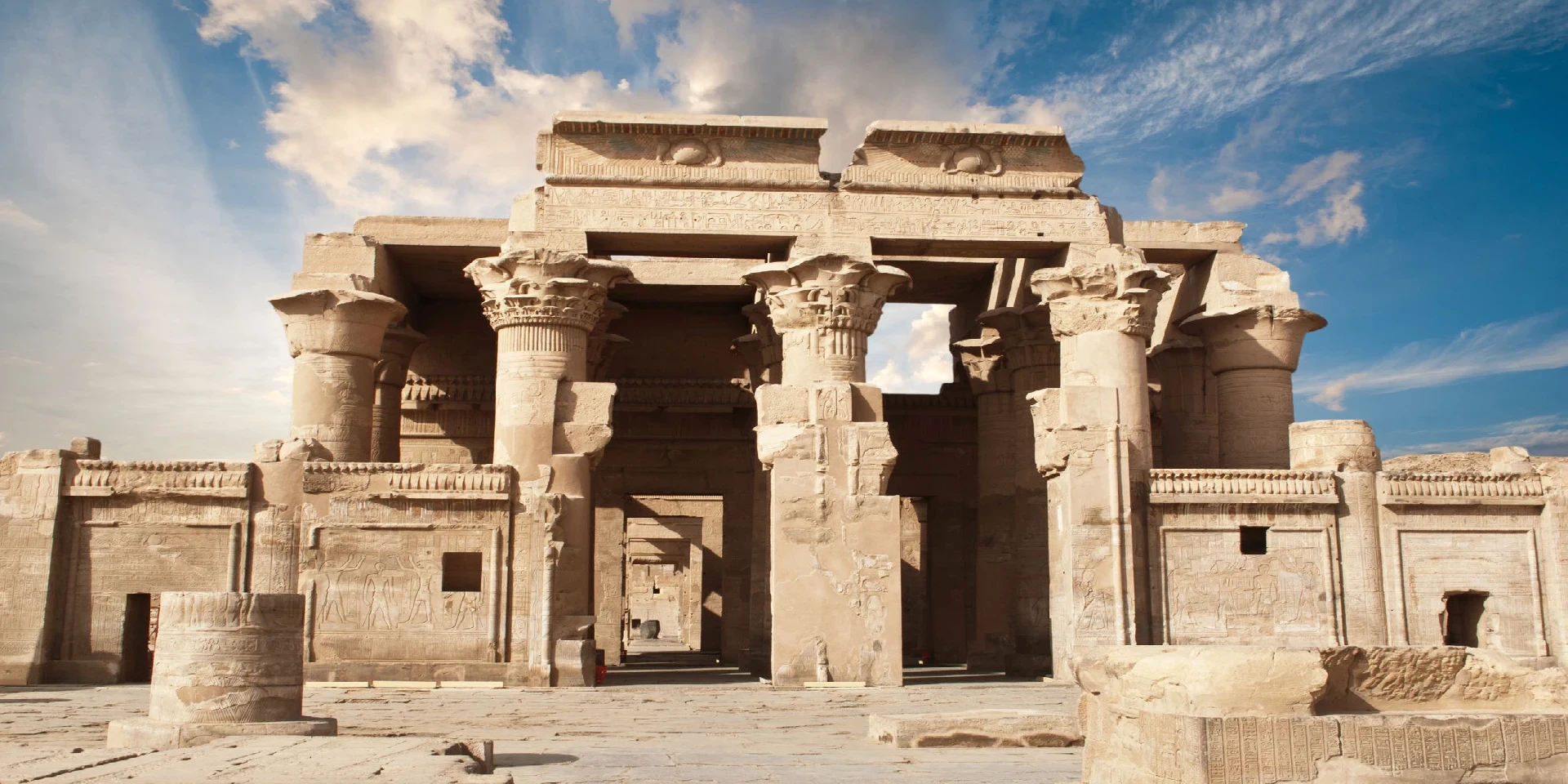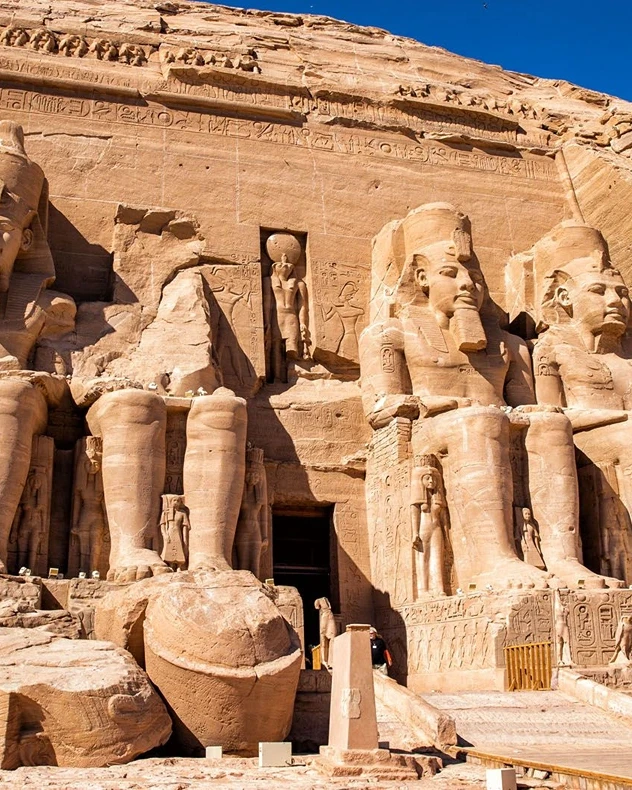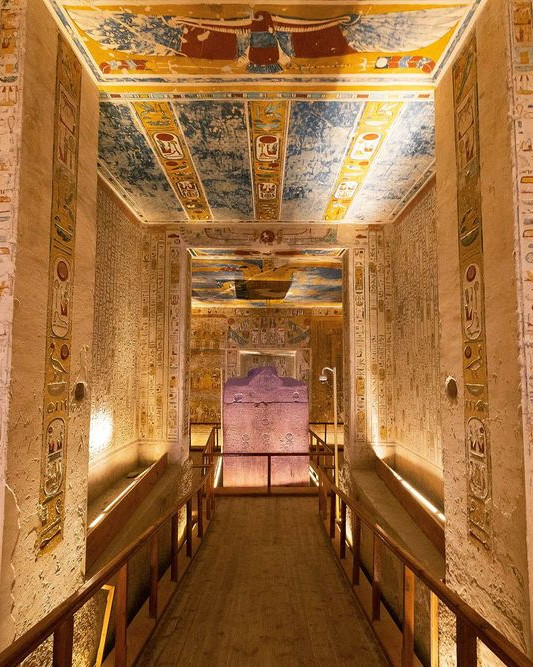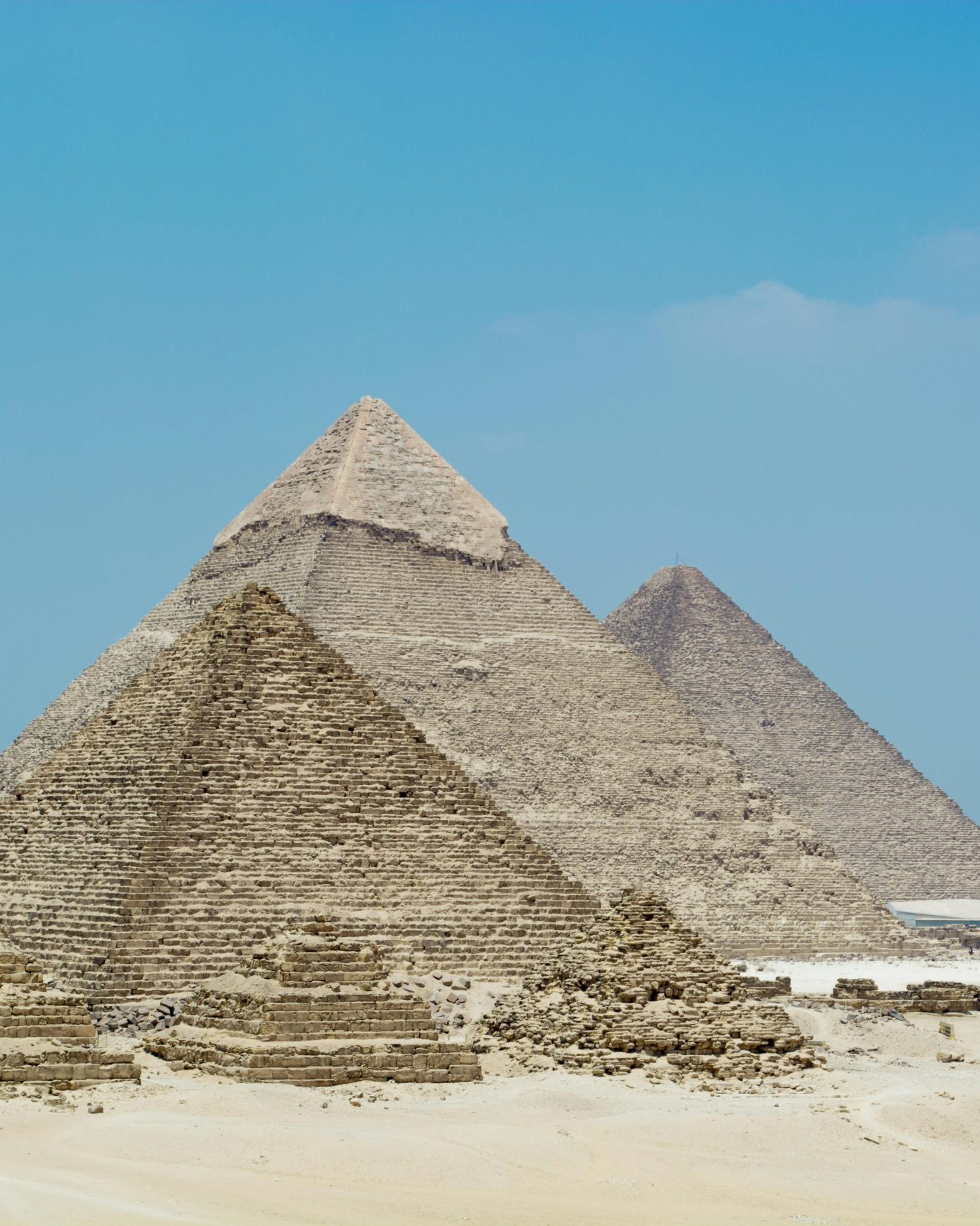Can a single structure embody the legacies of two powerful deities while standing as a beacon of architectural brilliance? The Temple of Kom Ombo does just that, transcending ordinary historical relics. Built during the Ptolemaic period, this dual-dedicated temple is not only a testament to ancient craftsmanship but also a symbol of divine worship and cultural nexus. Dive into the rich history, architectural marvels, and religious significance of the Temple of Kom Ombo through this comprehensive guide that unravels its multifaceted allure.
Historical Background of the Temple of Kom Ombo
The Temple of Kom Ombo, constructed during the Ptolemaic period, spans from 180 BCE to around 47 BCE. This period marked a significant era in Egyptian history when Greek influence merged with traditional Egyptian culture. Later additions during the Roman period further enriched the temple’s architectural complexity, making it a historical marvel that reflects the confluence of two great civilizations.
An earlier structure from the 18th dynasty existed at the site, known as Ber Sobek. This older shrine was dedicated to the crocodile god Sobek and laid the groundwork for the later, more grandiose temple. The city of Kom Ombo rose to prominence during the Ptolemaic era, retaining its status through Roman times, which underscores the temple’s continuing religious and cultural importance.
Key historical dates and events related to the construction of the Temple of Kom Ombo:
- 180 BCE: Initial construction of the temple begins under Ptolemy VI Philometor.
- 47 BCE: Completion of the main temple structure during the reign of Ptolemy XII Neos Dionysos.
- 30 BCE – 14 CE: Roman Emperor Augustus makes additions to the temple complex.
- Early 1st century CE: Further enhancements are made under Roman influence.
- 1828: Discovery and documentation by French archaeologist Jean-François Champollion.
The Temple of Kom Ombo’s construction on the remains of an older shrine highlights its long-standing religious significance. The dual dedication to Sobek and Horus in the temple’s design reflects a sophisticated approach to worshipping multiple deities. This historical evolution from the 18th dynasty to the Roman period encapsulates the temple’s enduring role in Egyptian religious and cultural life.
Architectural Design and Features of the Temple of Kom Ombo
The Temple of Kom Ombo stands out due to its unique dual design, effectively creating two parallel temples within one structure. This symmetrical layout is rare and showcases the temple’s dedication to two deities, Sobek and Horus, with equal prominence.
Twin Entrances and Sanctuaries
The temple features a double entrance, leading to two parallel sanctuaries. Each entrance serves as a gateway to its respective deity’s sanctuary—one for Sobek, the crocodile god, and the other for Haroeris (Horus), the falcon-headed god. This dual design extends throughout the temple, with duplicate sets of rooms and halls mirroring each other. This innovative layout allowed devotees to worship both deities simultaneously yet separately, reflecting the dual dedication of the temple.
Hypostyle Hall and Pillars
The hypostyle hall of the Temple of Kom Ombo is a striking feature, consisting of 15 pillars arranged in three rows of five. These pillars are adorned with capitals shaped like lotus, papyrus, and palm leaves, representing the flora of ancient Egypt. The pillars also feature intricate carvings, including the ankh (symbol of life) and the was scepter (symbol of power and dominion). The hypostyle hall served as a grand entrance into the temple’s inner sanctuaries and was a place where rituals and ceremonies were conducted under the watchful eyes of the gods.
Reliefs and Carvings
The walls of the Temple of Kom Ombo are rich with detailed reliefs and carvings. Among the most famous is a relief depicting various surgical instruments, which provides valuable insights into ancient Egyptian medical practices. These carvings also include depictions of the gods, pharaohs, and scenes of daily life, each telling a story of religious and cultural significance. The detailed artwork not only served decorative purposes but also played a role in educating and informing worshippers about the gods and rituals associated with the temple.
| Feature | Description |
| Twin Entrances and Sanctuaries | Two parallel entrances and sanctuaries dedicated to Sobek and Haroeris (Horus). |
| Hypostyle Hall and Pillars | 15 pillars in three rows of five, adorned with lotus, papyrus, and palm-shaped capitals. |
| Reliefs and Carvings | Detailed carvings of surgical instruments, gods, and scenes of daily life. |
Dual Dedication to Sobek and Horus at Kom Ombo
The Temple of Kom Ombo in Egypt is uniquely dedicated to two gods: Sobek and Haroeris (Horus). Sobek, the crocodile god, was associated with the Nile River, fertility, and protection from dangers. His worship was vital for agricultural prosperity, as the Nile’s waters were crucial for farming. Sobek’s temples often included pools and water features to honor his connection to the river.
Haroeris, also known as Horus the Elder, was the falcon-headed god linked to the sky and kingship. He represented the divine protector of the pharaoh and was revered for his power and vision. Haroeris was often depicted with a falcon head, symbolizing his dominion over the heavens and his role in maintaining order in the cosmos.
The temple’s architecture reflects its dual dedication through its unique design. It features two entrance halls and two sanctuaries, one for each deity. This dual structure allowed worshippers to honor both Sobek and Haroeris simultaneously yet separately. The symmetrical layout ensured that both gods received equal reverence, demonstrating the importance of both deities in ancient Egyptian religion.
Religious rituals and practices at the Temple of Kom Ombo were varied and complex. Priests performed daily offerings and ceremonies to appease both gods. Festivals were held to celebrate significant events, such as the annual flooding of the Nile, which was crucial for Sobek’s worship. These rituals reinforced the temple’s role as a vital religious center in ancient Egypt, reflecting the intertwined beliefs in natural forces and divine protection.
Significant Artifacts and Discoveries at Kom Ombo
Among the most intriguing artifacts at the Temple of Kom Ombo are the mummified crocodiles. These sacred crocodiles are displayed in the adjacent Crocodile Museum, highlighting the significance of the crocodile god, Sobek, in ancient Egyptian religion. The mummified remains provide valuable insights into the rituals and practices dedicated to Sobek, demonstrating the reverence the ancient Egyptians had for this deity.
The temple is also renowned for its detailed carvings of medical instruments. These carvings depict various surgical tools and procedures, offering a glimpse into the advanced medical knowledge of the time. In addition to the medical carvings, the walls feature calendars and depictions of gods, each meticulously crafted to convey religious and practical information to worshippers and visitors.
Key significant artifacts found at the Temple of Kom Ombo:
- Mummified Crocodiles: Sacred remains displayed in the Crocodile Museum.
- Medical Carvings: Detailed depictions of surgical instruments and procedures.
- Calendars: Ancient Egyptian calendars carved into the temple walls.
- God Depictions: Intricate reliefs of various gods and religious scenes.
Recent archaeological discoveries at Kom Ombo include conical silos dating back to the 21st century BCE. These silos indicate the site’s long history of occupation and use, predating the Ptolemaic temple by millennia. The presence of such ancient structures underscores Kom Ombo’s importance as a historical and religious site, contributing to our understanding of ancient Egyptian civilization.
Visitor Information and Travel Tips for the Temple of Kom Ombo
The Temple of Kom Ombo is open daily from 9 AM to 5 PM. Entry fees are approximately 100 Egyptian pounds for adults and 50 Egyptian pounds for students. These fees grant access to both the temple and the adjacent Crocodile Museum, where visitors can see mummified crocodiles and other significant artifacts.
Nearby attractions enhance the visitor experience. The Aswan High Dam, Philae Temple, and the Nubian Museum are all within a reasonable distance from Kom Ombo. Guided tours are available and highly recommended for a comprehensive understanding of the temple’s historical and cultural significance. These tours often include detailed explanations of the temple’s dual dedication to Sobek and Horus and its unique architectural features.
- Wear comfortable walking shoes: The temple grounds involve a lot of walking.
- Bring water: Staying hydrated is crucial, especially in the heat.
- Visit during cooler months: The best times are from November to February.
- Consider a guided tour: It provides in-depth knowledge and historical context.
- Check local guidelines: Be aware of any travel advisories or entry requirements.
For a fulfilling visit, it’s essential to plan ahead. Visiting during the cooler months from November to February makes the experience more comfortable. Wearing comfortable walking shoes and bringing water helps manage the physical demands of exploring the temple. Guided tours enhance the visit by offering detailed insights into the temple’s history and architecture. Finally, always check for any local travel advisories or entry requirements to ensure a smooth trip.
Final Words
The Temple of Kom Ombo offers a fascinating glimpse into ancient Egypt’s rich history, architectural marvels, and religious practices.
From its construction in the Ptolemaic and Roman periods to its unique dual dedication to Sobek and Horus, the temple stands as a monument to the craftsmanship and spiritual life of its time.
Artifacts like mummified crocodiles and detailed medical carvings further enhance its significance.
For visitors, practical tips ensure a rewarding experience.
Exploring the Temple of Kom Ombo provides a unique opportunity to connect with ancient history in a profoundly personal way.
Top Attractions
Could the towering statues of Ramses II have remained…
Why did the ancient Egyptians choose a secluded desert…
Are the Great Pyramids of Giza merely monumental tombs, or…





